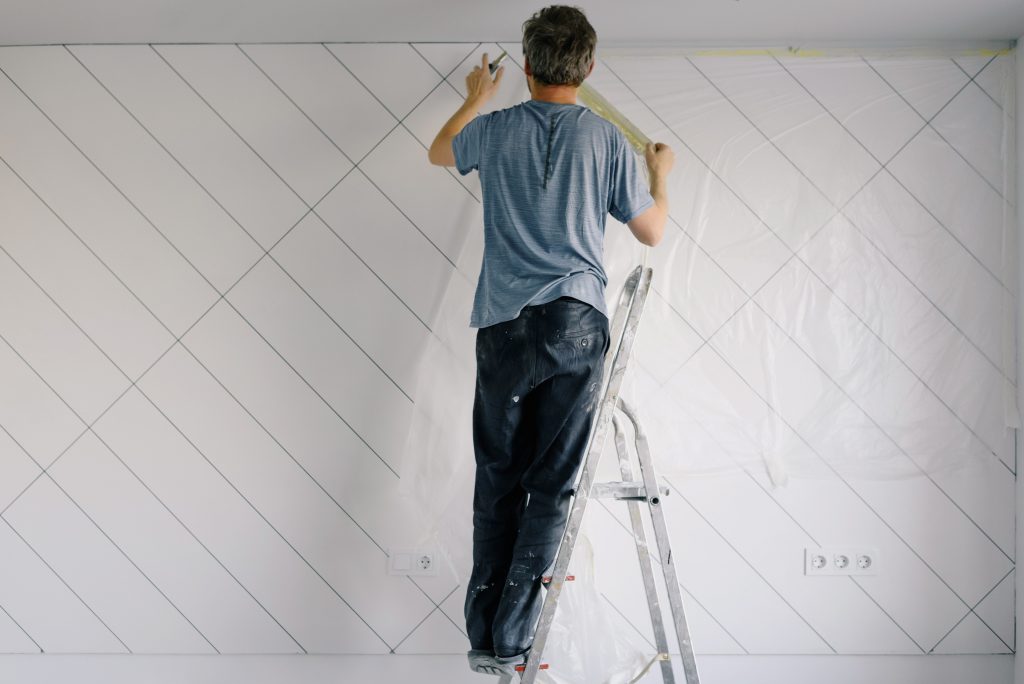
Security deposits are just that – a deposit to protect the landlord if a tenant leaves without notice, without paying, or damages the property. They are not an opportunity to make a less than ideal tenant “pay.”
While retaining a portion of the deposit is sometimes necessary, documentation is essential. So, let’s start at the beginning.
The lease agreement: Before the tenant moves in, a signed lease agreement must include the following:
- Rental rate
- Due date
- When late charges apply
- Amount of required notice when leaving
- Responsibilities of both the tenant and the landlord
- What constitutes damages vs. normal wear and tear (tenant and landlord should sign pictures of the unit before tenant moves in)
- The standard process for the transfer of utilities
So, Jack gives you notice that he will be moving out at the end of the month. Since he has tended to pay late, let the landscaping slide, and you have received multiple complaints from the neighbors, you are happy to part ways. Unfortunately, his move-out stretches into the next month, and the unit is not vacant until the 8th. He owes you eight days’ rent, he left unwanted items and trash in a dirty apartment, and there is a hole in the living room wall.
The security deposit was $1500 (equivalent to one month’s rent).
- 8 days rent = $400
- Cleaning services = $250
- Repair hole in the wall = $100
- A fresh coat of paint throughout home = $2,500
- A check with the utility companies reveals that, as of the final readings on the day of vacancy, the tenant’s total balances = $225.00
Item #1: You can withhold the entire $400 out of the security deposit. They signed an agreement owe rent for the additional days.
Item #2: If the lease states that the unit needs to be returned in “rent-ready” condition then you can charge for the necessary cleaning services. If the lease included a non-refundable cleaning fee then this amount can be applied toward the cleaning cost.
Item #3: A hole in the wall? Of course, this is damage – not typical wear and tear. Be sure to take before and after photos and keep a copy of your receipts. Note: other items that can be considered damage might include
- Broken or missing windows, screens, or blinds
- Broken appliances – IF you can show that it was caused by negligence
- Large stains or holes in the carpet
- Extensive water damage to hardwood floors
- Missing outlet covers, trim, smoke, or carbon monoxide detectors
- Cracked kitchen or bathroom countertop
Item #4: Fresh coat of paint. Sorry, this is your responsibility. It is regular maintenance, and the cost should have been factored into your rent rate, as well as the length of your lease agreement. Note: Additional items that should be considered as normal wear and tear should include:
- General wear to carpet, floors, walls from normal use
- Scuffs on walls from normal and reasonable use
- Appliances no longer working, but not due to misuse
- Worn enamel (not damaged) in bathtubs, sinks, or toilets
- Loose grouting in bathroom tiles
Item #5: You can a) withhold $225, which is immediately paid to the utilities to keep a clean record with the company; b) withhold $225 until the tenant shows you utility receipts and zero balance; c) a different arrangement. The key here is that your signed lease agreement should spell out specific steps/details regarding the transfer of utilities
Final call: $400 rent + $250 cleaning fee + $100 wall repair = $750. You can keep $750 from the security deposit and return $750 to the tenant with the documentation, or $525 if you hold $225 for utilities.
Of course, know your local and state laws and ordinances and make legal compliance a priority.
About Rentals America
Rentals America provides full-service property management for residential properties . Our team is completely dedicated to property management and we’re here to help landlords navigate the rental market. We handle the day to day hassles so you can rest easy. Contact us today.










